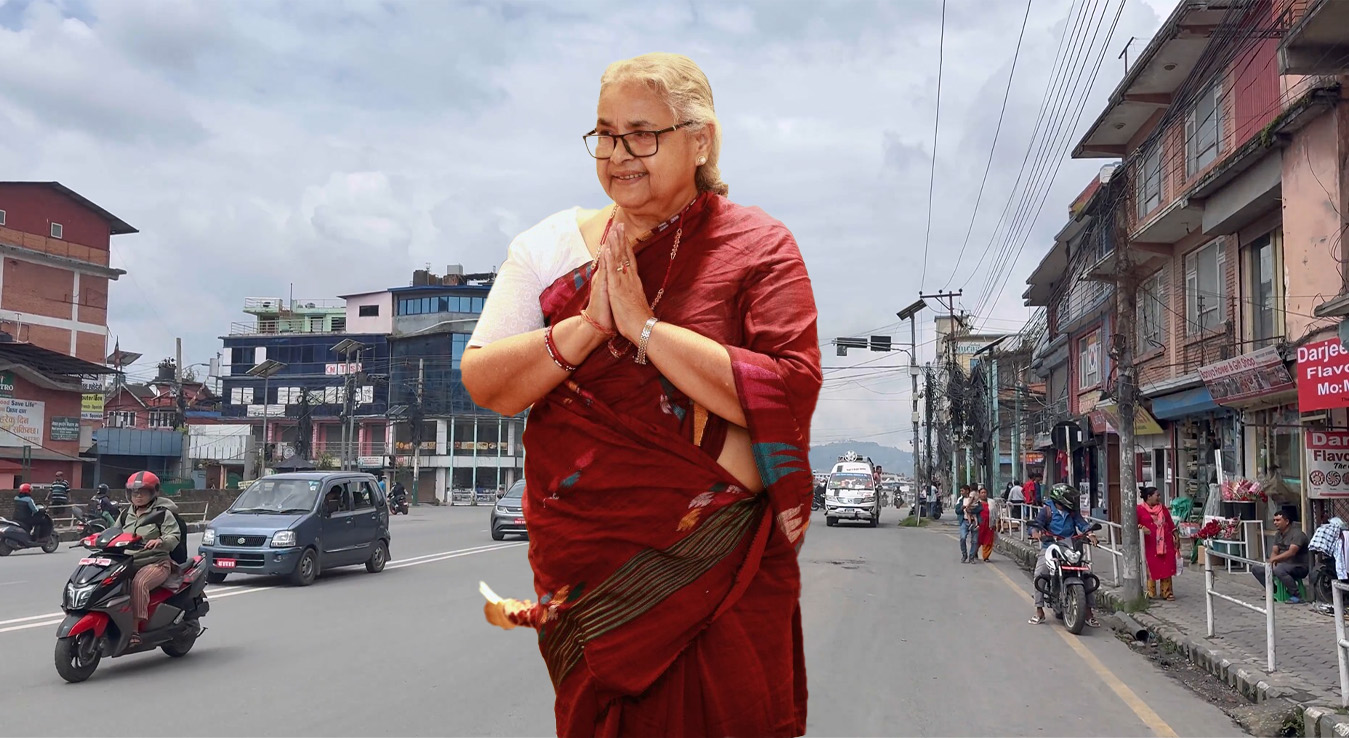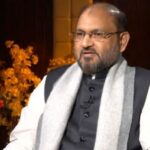Nepal is gradually returning to normalcy following a tumultuous week of anti-corruption protests that led to the resignation of former Prime Minister K.P. Sharma Oli and the appointment of Sushila Karki as the country’s first female interim Prime Minister. The nationwide curfew, imposed during the height of the unrest, was lifted on Saturday morning, allowing public transportation, shops, and markets to resume operations. Fresh elections for the House of Representatives have been scheduled for March 5, 2026, marking a new chapter in Nepal’s political landscape.
On Friday, September 12, 2025, former Chief Justice Sushila Karki was sworn in as interim Prime Minister at a ceremony held at the presidential residence, Sheetal Niwas, in Kathmandu. Administered by President Ram Chandra Paudel, the oath-taking marked a historic moment as Karki became Nepal’s first woman to hold the office of Prime Minister. Her appointment followed intense negotiations between President Paudel, Army Chief General Ashok Raj Sigdel, and representatives of the youth-led “Gen Z” protest movement, which had toppled the Oli government.
Karki, widely respected for her judicial independence and zero-tolerance stance on corruption, emerged as a consensus candidate through a public vote organized by Gen Z leaders on the messaging platform Discord.
The lifting of the curfew on Saturday morning signalled a return to daily life across Kathmandu Valley and other parts of Nepal. Public transportation, including long-distance buses, resumed service, and shops, grocery stores, and vegetable markets reopened after days of closure. Traffic began flowing again on the streets of Kathmandu, with soldiers scaling back their presence following days of heavy deployment. However, some sensitive zones in the capital remain off-limits to prevent potential protests, according to Kathmandu’s Senior Superintendent of Police, Bishwo Adhikari.
The protests, which began as a response to a temporary ban on social media platforms like WhatsApp, Instagram, and Facebook, escalated into a broader movement against corruption, nepotism, and economic inequality. The unrest, the worst since Nepal became a democratic republic in 2008, resulted in at least 51 deaths, including protesters, police, and others, and over 1,300 injuries. Government and private buildings, including the parliament, were set ablaze, and more than 12,500 prisoners escaped during the chaos.
After Karki’s swearing-in as interim PM, President Paudel dissolved the House of Representatives at her recommendation. The President’s Office announced that elections for a new House of Representatives are scheduled for March 5, 2026, giving the interim government six months to restore order and prepare for the polls. Karki convened her first cabinet meeting late Friday night to approve the dissolution, marking the start of a transitional government tasked with steering Nepal toward stability.
Karki is expected to formally assume office on Sunday, September 14, and announce the expansion of her cabinet on the same day, according to sources. Her government faces multiple challenges, including investigating the protest-related violence, rebuilding damaged infrastructure, and addressing the demands of the Gen Z movement for a corruption-free administration.
India, Nepal’s close neighbour and long-term partner, welcomed Karki’s appointment. Prime Minister Narendra Modi congratulated her, stating, “India remains firmly committed to the peace, progress and prosperity of the people of Nepal.”
I extend my best wishes to Right Hon. Mrs. Sushila Karki on assuming office as the Prime Minister of the Interim Government of Nepal. India remains firmly committed to the peace, progress and prosperity of the people of Nepal.
— Narendra Modi (@narendramodi) September 13, 2025
The Indian Ministry of External Affairs expressed hope that the interim government would foster stability in the Himalayan nation.
“As a close neighbour, a fellow democracy and a long term development partner, India will continue to work closely with Nepal for the well-being and prosperity of our two peoples and countries,” the MEA said in a statement.












